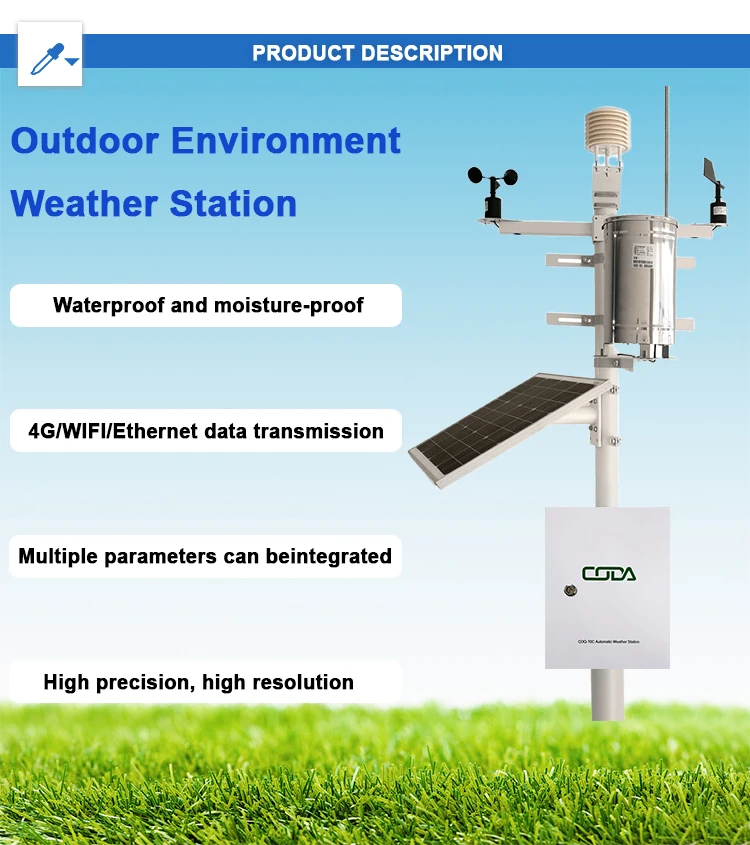
# Automatic Weather Station: Definition and Functionality
What is an Automatic Weather Station?
An Automatic Weather Station (AWS) is a modern meteorological system designed to automatically collect and transmit weather data without requiring constant human intervention. These stations are equipped with various sensors that measure atmospheric conditions such as temperature, humidity, wind speed and direction, rainfall, barometric pressure, and solar radiation.
Key Components of an AWS
A typical automatic weather station consists of several essential components:
- Sensors: Measure various weather parameters
- Data logger: Records and stores collected data
- Power supply: Usually solar panels with battery backup
- Communication system: Transmits data to central servers
- Mounting structure: Supports the equipment at optimal height
How Automatic Weather Stations Work
The functionality of an AWS follows a systematic process:
- Sensors continuously monitor environmental conditions
- Data is collected at predetermined intervals (typically every 5-60 minutes)
- The data logger processes and stores the information
- The communication module transmits data to weather centers or online platforms
- Meteorologists and researchers analyze the data for weather forecasting and climate studies
Applications of Automatic Weather Stations
Automatic weather stations serve numerous purposes across various sectors:
- Meteorology: Weather forecasting and climate monitoring
- Agriculture: Irrigation planning and crop management
- Aviation: Airport weather monitoring
- Hydrology: Flood prediction and water resource management
- Renewable energy: Wind and solar power generation assessment
Advantages of Automatic Weather Stations
Compared to traditional manual weather stations, AWS offer significant benefits:
- Continuous, real-time data collection
- Reduced human error in measurements
- Ability to operate in remote locations
- Lower long-term operational costs
- Standardized data collection methods
Future Developments in AWS Technology
The field of automatic weather stations continues to evolve with technological advancements:
- Integration with IoT (Internet of Things) networks
- Improved sensor accuracy and durability
- Enhanced energy efficiency and smaller footprints
- Advanced data analytics and machine learning applications
- Greater connectivity options including satellite transmission
Keyword: what is automatic weather station